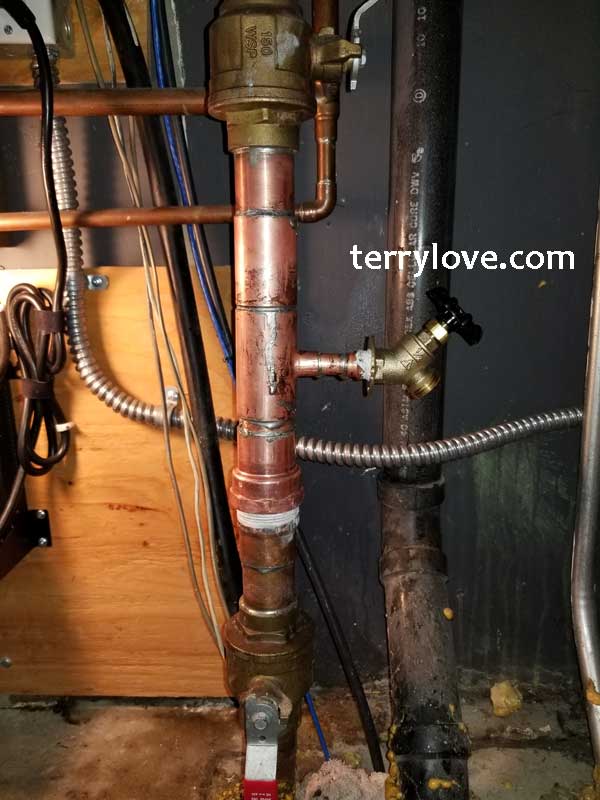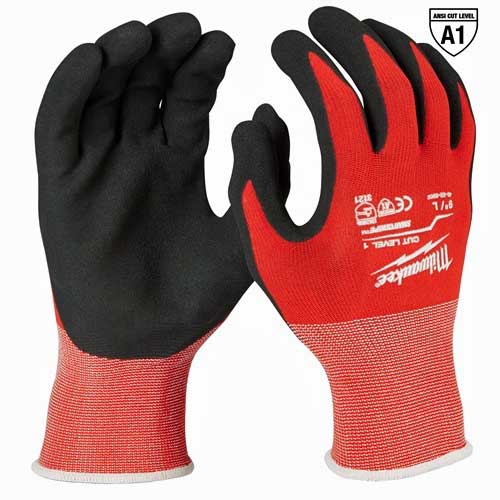Bob from accounting
Member
It has been been a few months since I solder a joint.
Well I needed to replace the water heater ball valve that was rusted and leaking from the corroded packing nut.
I cut that valve off of the 3/4" line above the water heater.
After I cut it off I noticed there was a drip of water, a small amount ever 8 seconds falling vertically out of the pipe. drip..8 seconds. drip. 8 sec drip..
I shoved some bread about 6" up the vertical line and it stopped completely giving me time to work.
I began to solder a threaded 3/4" coupling onto the end of the pipe using map gas.
I have solder about 30 joints in the past and felt like this was no problem compared to the 1" ball valves and joints that take a little longer than this 3/4" threaded coupling should take. I still am learning so I knew there were risks but I felt that I had solder enough joints to know how to prep the joint and pipe, flux, and heat a joint properly and what a good joint looks like and how much time it take to heat before the joint can receive the solder.
After fluxing and heating the joint and pipe up, each time I applied the solder it just crumbled away and I knew this was not good. The torch covered all around joint for enough time to heat this up evenly, in fact I felt that I had the torch on the joint too long it was beginning to blacking and burn off the flux and the solder never melted to fill the cup. So I shut it all down after about (60 sec) and cut the bad blackened burned joint off instead of continuing.
I am very disappointed, not sure what I did wrong, clearly it is me, but just feel defeated and applied a sharkbite hose there for now to get water going.
Eventually I will need to get that sharkbite out of there before it breaks down but just wanted to vent my disappointment on messing this up. Bummed out.
Well I needed to replace the water heater ball valve that was rusted and leaking from the corroded packing nut.
I cut that valve off of the 3/4" line above the water heater.
After I cut it off I noticed there was a drip of water, a small amount ever 8 seconds falling vertically out of the pipe. drip..8 seconds. drip. 8 sec drip..
I shoved some bread about 6" up the vertical line and it stopped completely giving me time to work.
I began to solder a threaded 3/4" coupling onto the end of the pipe using map gas.
I have solder about 30 joints in the past and felt like this was no problem compared to the 1" ball valves and joints that take a little longer than this 3/4" threaded coupling should take. I still am learning so I knew there were risks but I felt that I had solder enough joints to know how to prep the joint and pipe, flux, and heat a joint properly and what a good joint looks like and how much time it take to heat before the joint can receive the solder.
After fluxing and heating the joint and pipe up, each time I applied the solder it just crumbled away and I knew this was not good. The torch covered all around joint for enough time to heat this up evenly, in fact I felt that I had the torch on the joint too long it was beginning to blacking and burn off the flux and the solder never melted to fill the cup. So I shut it all down after about (60 sec) and cut the bad blackened burned joint off instead of continuing.
I am very disappointed, not sure what I did wrong, clearly it is me, but just feel defeated and applied a sharkbite hose there for now to get water going.
Eventually I will need to get that sharkbite out of there before it breaks down but just wanted to vent my disappointment on messing this up. Bummed out.


